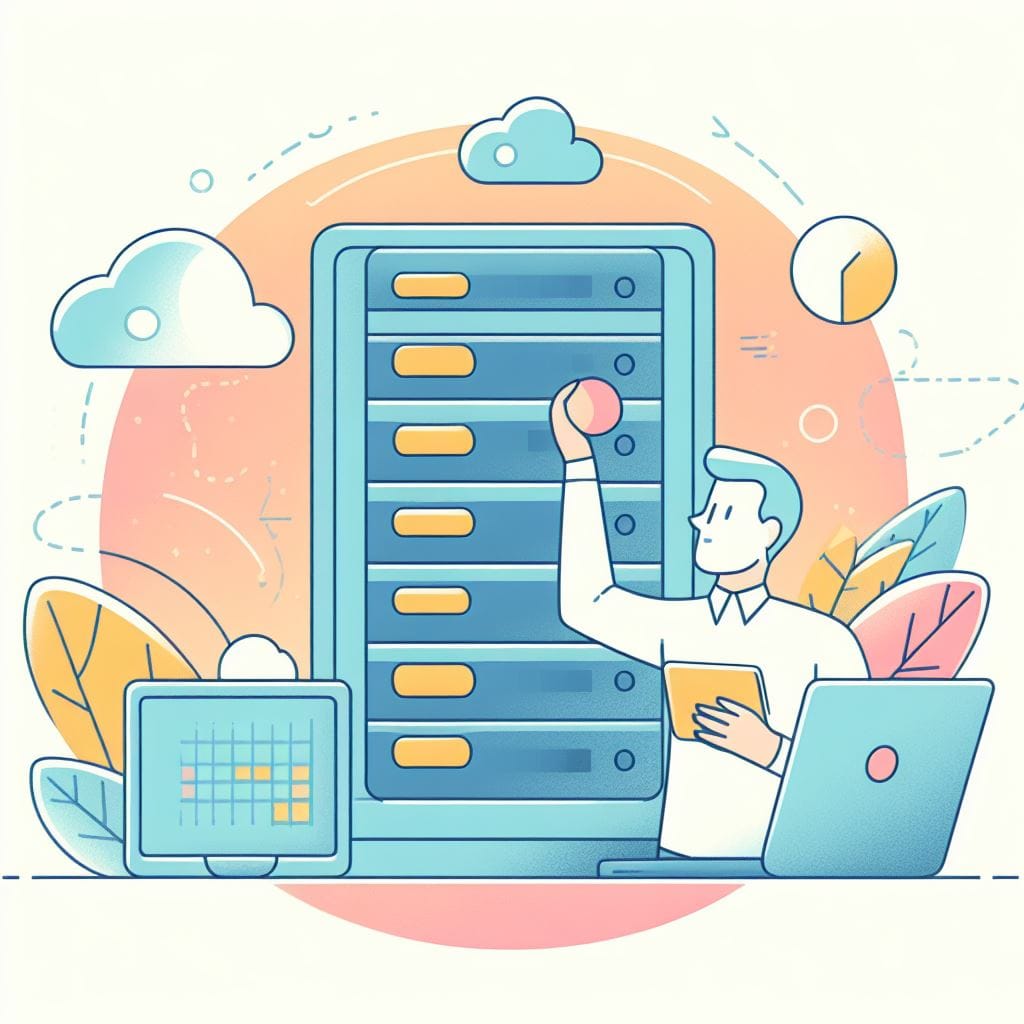Understanding Cloud Service Level Agreements (SLAs) and Support Options

Cloud Service Level Agreements (SLAs) and Support Options are crucial components of any cloud service offering. They define the level of service you can expect from a cloud provider and the support available in case of issues or questions. Here's an overview of both:
Cloud Service Level Agreements (SLAs):
- Definition: An SLA is a contract between a service provider (such as a cloud service provider) and its customer, specifying the level of service expected from the provider.
- Key Components:
- Uptime: This is one of the most critical aspects of an SLA. It defines the percentage of time the service is guaranteed to be available. For example, a 99.9% uptime means the service can be down for no more than 0.1% of the time (about 43 minutes per month).
- Performance Metrics: These may include metrics like response times, latency, and throughput.
- Maintenance Windows: Providers often specify windows of time during which maintenance and upgrades may be performed.
- Redundancy and Failover: Some SLAs may specify redundancy and failover requirements to ensure high availability.
- Security and Compliance: Some SLAs include commitments regarding security measures and compliance with industry standards or regulations.
- Penalties for Breach: SLAs usually include penalties that the provider must pay if they fail to meet the agreed-upon levels of service.
- Exclusions: SLAs often have clauses that exclude certain events or circumstances from the guaranteed service levels, like force majeure events (natural disasters, etc.).
- Reporting and Monitoring: They may also include provisions for reporting and monitoring of service levels.
Support Options:
- Definition: Support options refer to the various levels of assistance and resources that a cloud service provider offers to its customers.
- Types of Support:
- Basic/Standard Support: This usually includes access to online documentation, knowledge base articles, and community forums.
- Developer/Technical Support: Provides access to technical experts for troubleshooting and assistance with coding and development issues.
- Business/Professional Support: Offers faster response times, possibly 24/7 availability, and may include phone support.
- Enterprise/Premium Support: This level usually provides the highest level of support, including a dedicated account manager, faster response times, and access to senior technical experts.
- Response Times: Different support tiers will have different guaranteed response times. For example, a premium support plan may guarantee a response within minutes, while a standard plan may guarantee a response within hours.
- Channels of Communication: This could include email, phone, chat, or even on-site support depending on the level of support.
- Scope of Support: This defines what types of issues are covered. Some support levels may cover only technical issues, while others may include assistance with architecture, security, and more.
- Cost: Higher levels of support generally come at a higher cost.
Choosing the Right SLA and Support Option:
- Consider Your Needs: Evaluate your business requirements, such as uptime requirements, level of technical expertise, and budget.
- Read the Fine Print: Carefully review the SLA and support terms to understand what is and isn't covered.
- Test and Validate: Before committing to a cloud provider, consider running a pilot or proof of concept to validate that the service and support meet your expectations.
- Reevaluate Periodically: As your business grows or changes, you may need to revisit your SLA and support options to ensure they still align with your needs.
Remember, SLAs and support options are critical components of your cloud service agreement, so it's important to understand them thoroughly and choose the options that best align with your business requirements.



